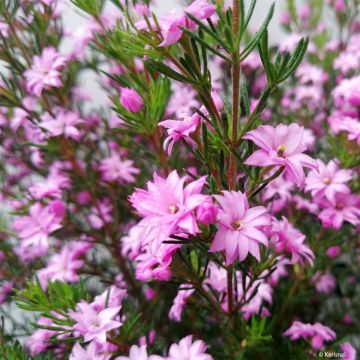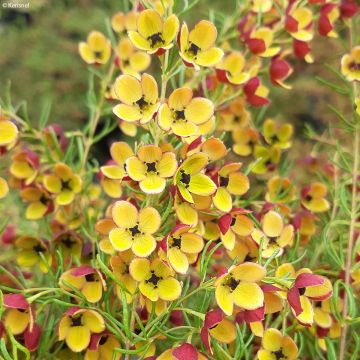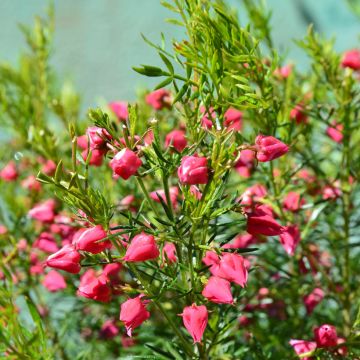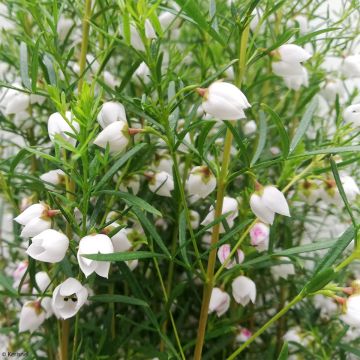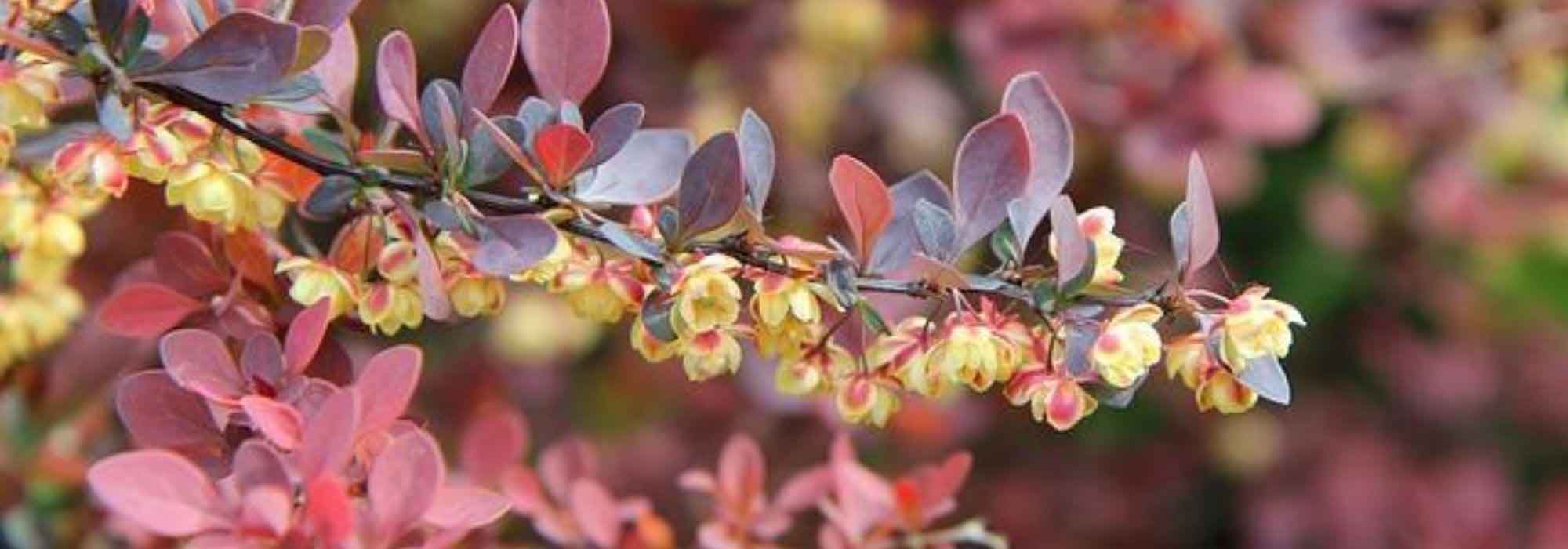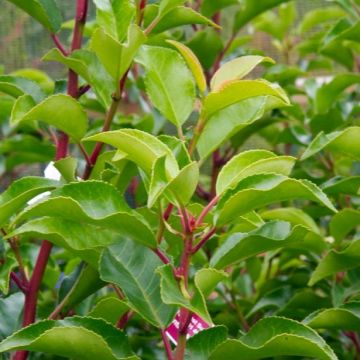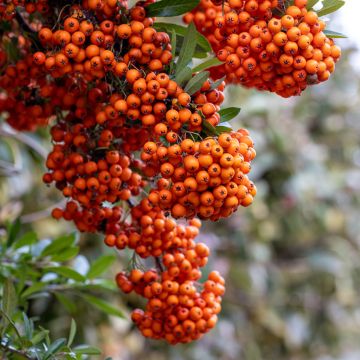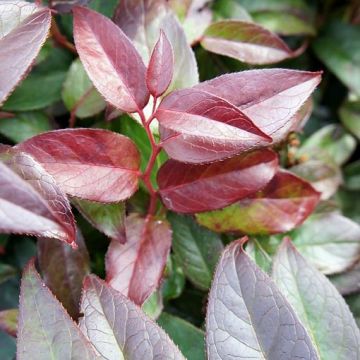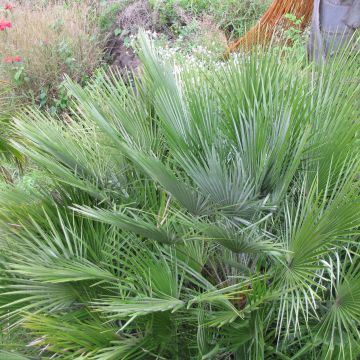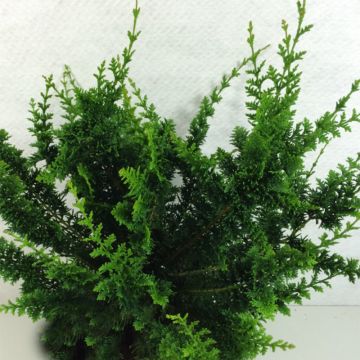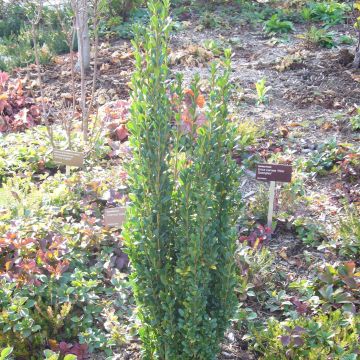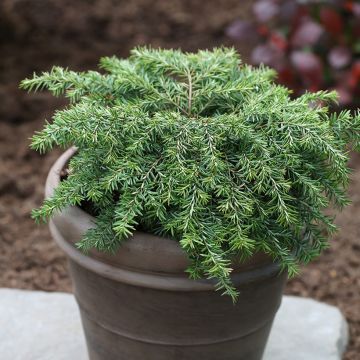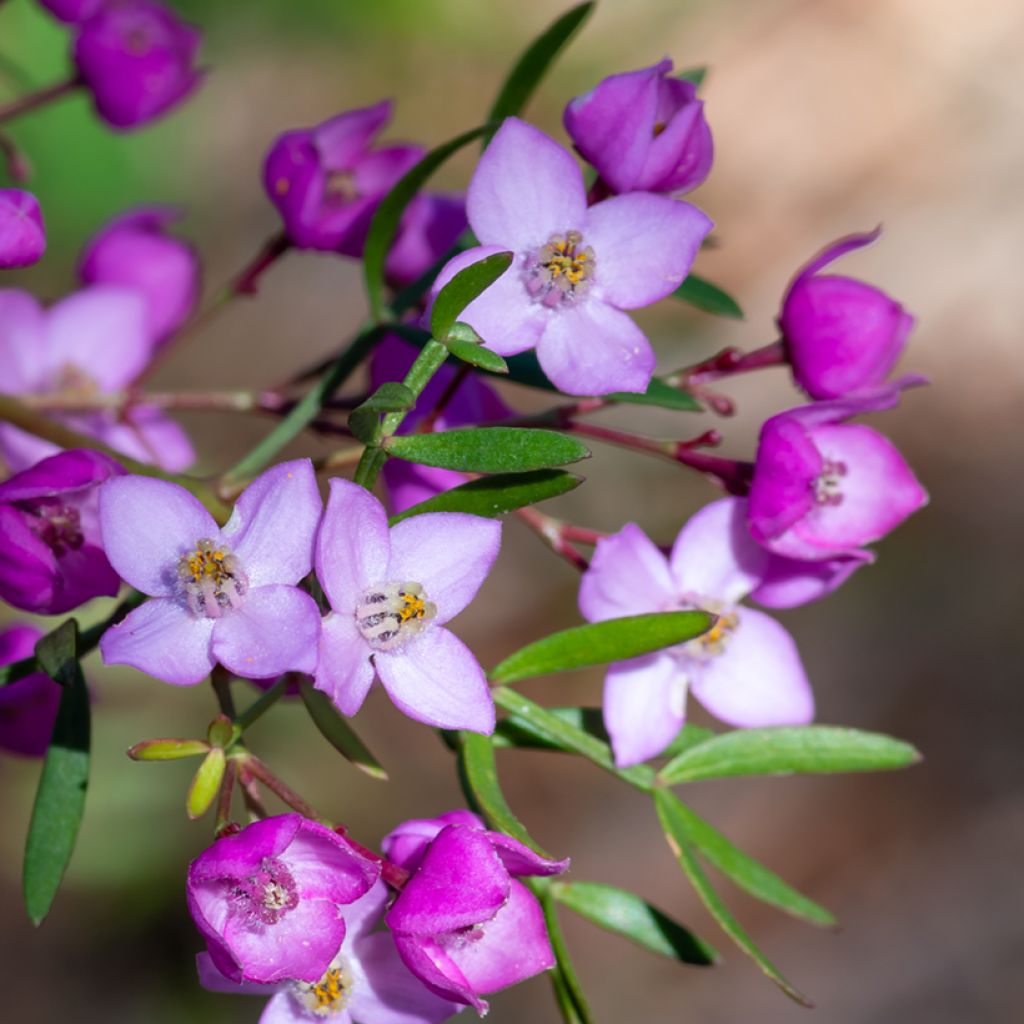

Boronia muelleri
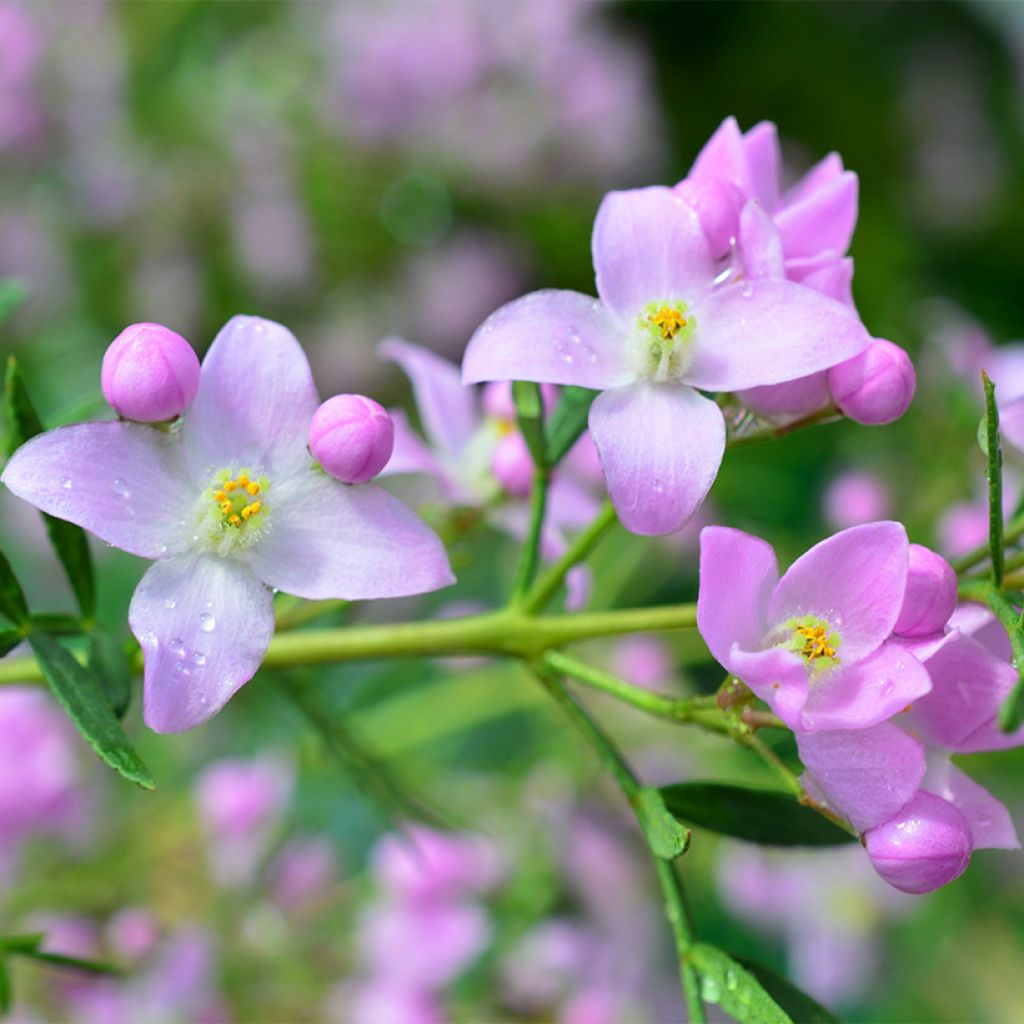

Boronia muelleri
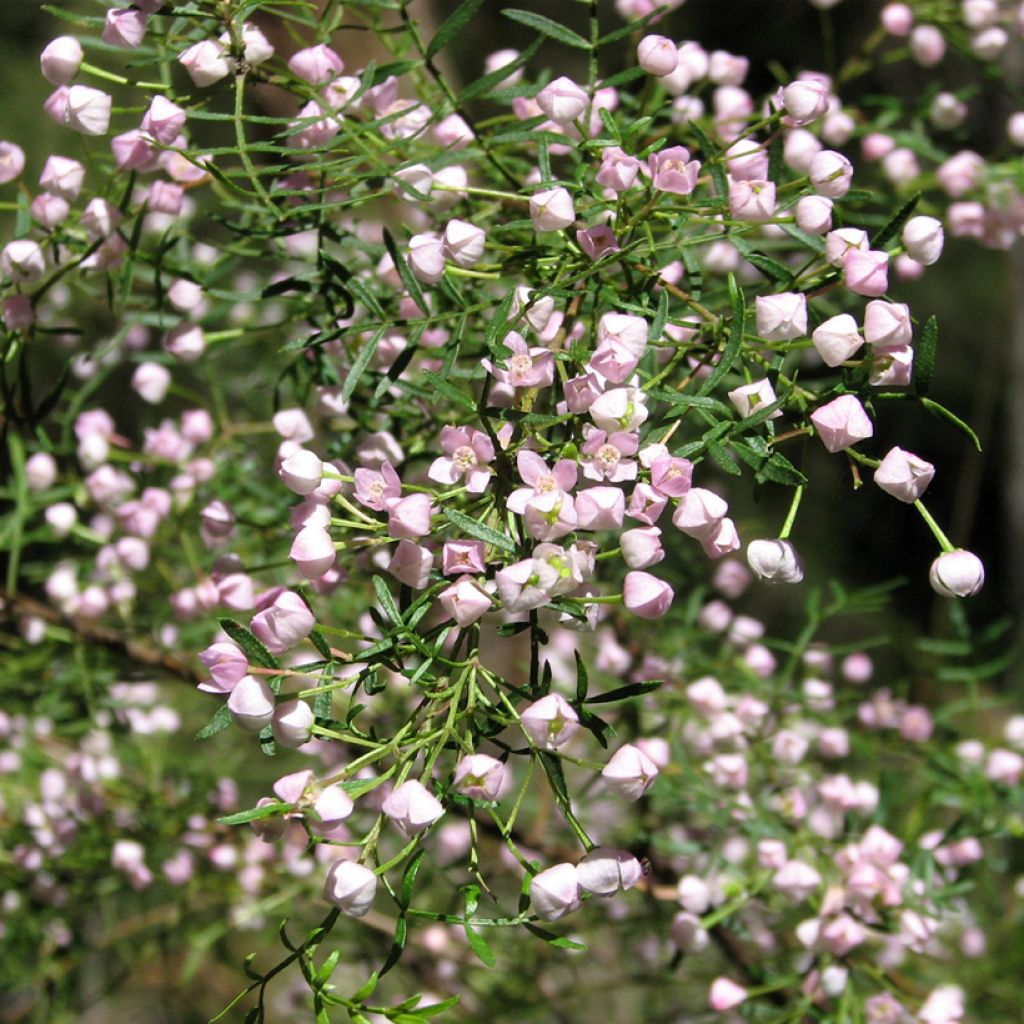

Boronia muelleri
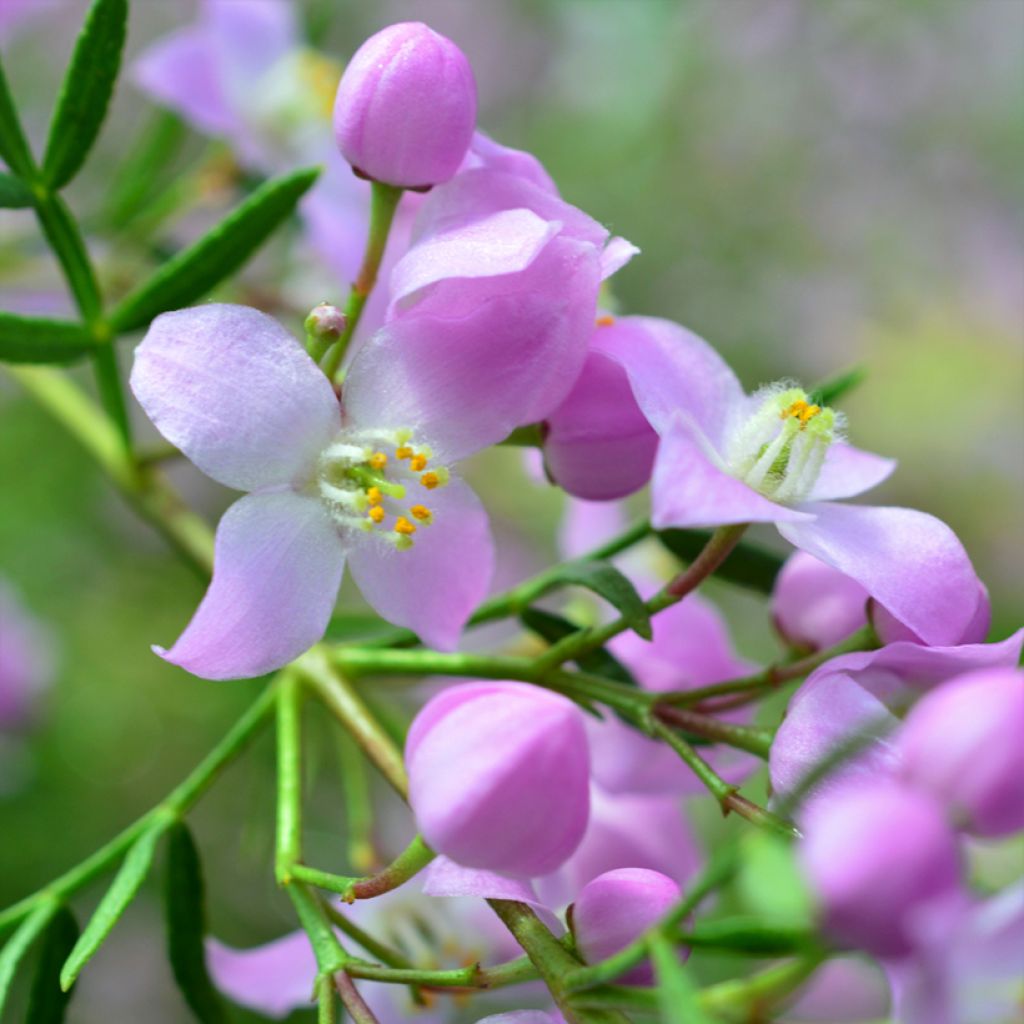

Boronia muelleri
Boronia muelleri
Boronia pinnata var. muelleri
Forest Boronia
Same remark as for the other boronia.
martine, 05/11/2024
Special offer!
Receive a €20 voucher for any order over €90 (excluding delivery costs, credit notes, and plastic-free options)!
1- Add your favorite plants to your cart.
2- Once you have reached €90, confirm your order (you can even choose the delivery date!).
3- As soon as your order is shipped, you will receive an email containing your voucher code, valid for 3 months (90 days).
Your voucher is unique and can only be used once, for any order with a minimum value of €20, excluding delivery costs.
Can be combined with other current offers, non-divisible and non-refundable.
Why not try an alternative variety in stock?
View all →This plant carries a 24 months recovery warranty
More information
We guarantee the quality of our plants for a full growing cycle, and will replace at our expense any plant that fails to recover under normal climatic and planting conditions.
Does this plant fit my garden?
Set up your Plantfit profile →
Description
Boronia muelleri, the Forest Boronia, is a highly flowering aromatic Australian bush that will delight enthusiasts of rare and exotic plants. From a distance, in spring and summer, it resembles a heath with its upright habit, delicate foliage, and hundreds of small pink flowers. Like heather, it prefers sandy, poor, and acidic soil, but the comparison ends there. It is a plant related to citrus trees, not very hardy, comfortable in soils that remain moist even in summer. If you have a garden located on the coast, this Boronia should thrive in the ground. As it performs very well in pots, gardeners in cooler climates can admire it on the terrace throughout the summer and bring it indoors in winter in a lightly heated greenhouse or conservatory.
Boronia muelleri (synonym B. pinnata var. muelleri) is a shrub in the Rutaceae family, just like citrus trees. It is native to the Australian states of Victoria and New South Wales. In the wild, it is found in forests, woods, and heathlands, on sandy and moist soils. Its species name, pinnata, refers to its small pinnate leaves, composed of very fine leaflets. It has fairly rapid growth, reaching its adult size in 3-4 years. This shrub, with an upright and generally oval habit, will reach approximately 1.50m (4ft 11in) in height and 1m (3ft 4in) in width in the ground, sometimes much larger depending on the growing conditions. It develops slender branches covered with warty glands. These branches bear leaves composed of 7 to 17 leaflets that release a pleasant fragrance when crushed. The flowering, particularly long-lasting, occurs in spring and summer. Numerous small flowers appear in the axils of the leaves, clustered in small groups of 10 to 15 units. They are small bell-shaped flowers composed of 4 waxy petals of varying shades of pink, which open in a star shape around a bouquet of yellow and villous stamens. During fruit formation, the petals close and persist for a long time, enclosing the fruit until it ripens. This specificity gives the illusion of an endless flowering period.
Boronia muelleri cannot withstand temperatures below -5/-6°C and does not tolerate limestone or dry or heavy soils. It likes sun, but not scorching, and appreciates having cool roots. Its requirements are clear and must be respected to succeed in its cultivation and enjoy its magnificent flowering. Outside of certain coastal, it is possible to grow it in a pot, where the substrate and wintering conditions can be controlled. In the garden, this forest Boronia can be associated, for example, with Galvezia speciosa, Gomphostigma virgatum, or Dieramas. On the terrace or balcony, it can be surrounded by Dark Blue Cape Plumbago, with its long-lasting blue flowers, a Tibouchina, or a Double-Flowered Common Myrtle.
Report an error about the product description
Boronia muelleri in pictures
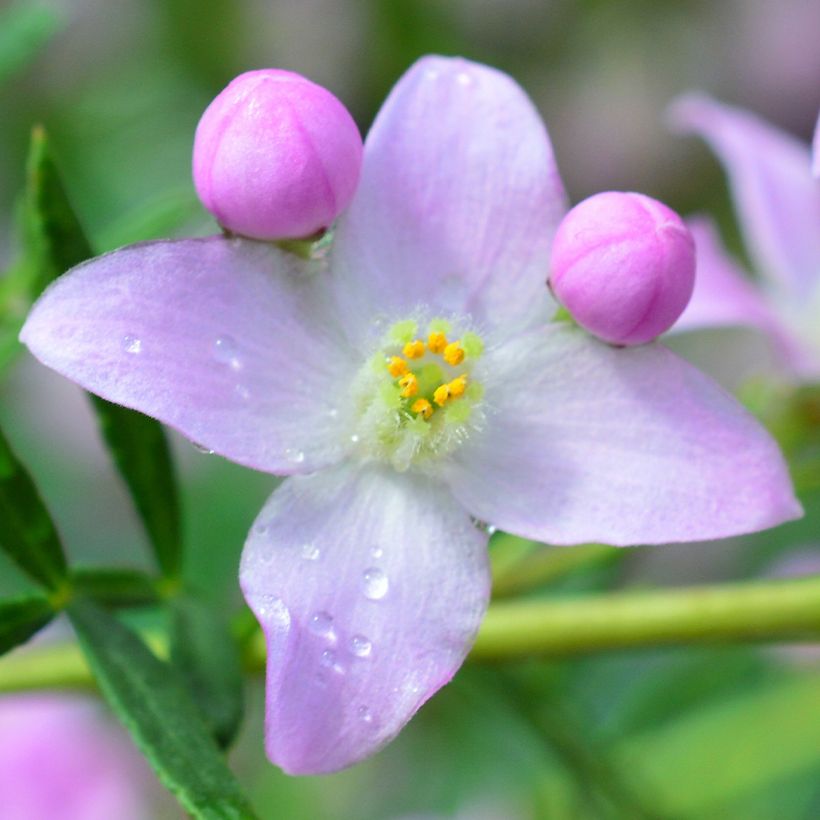

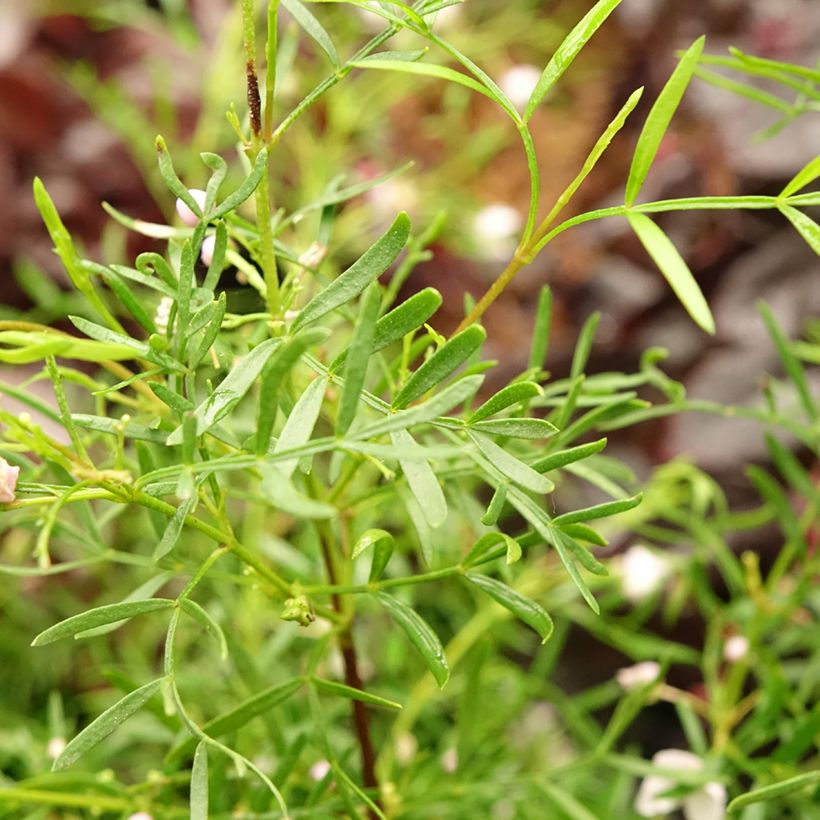

Plant habit
Flowering
Foliage
Botanical data
Boronia
pinnata var. muelleri
Rutaceae
Forest Boronia
Australia
Other Boronia
View all →Planting and care
Boronia muelleri is hardy down to -5 °C, but it loses its leaves as soon as the temperature drops below 0 °C. Plant it in the ground or in pots preferably in spring. Choose a sunny or semi-shady exposure. The soil should be light, rather sandy, and strictly neutral to acidic: a mix of heath soil, sand, and compost will be suitable. Water the Boronia with non-limestone or low-limestone water in summer, as this plant requires the soil not to dry out too much in order to flower and develop well.
If grown in a pot, it should be taken outside as soon as frost is no longer a concern. Choose a large container, as the planting substrate should always retain some moisture. Store your Boronia frost-free in autumn, in a cold greenhouse, in a lightly heated veranda or a bright and cool room.
Pruning is not necessary, except to remove dead branches or rebalance the habit. But to make it denser, the tips of the branches can be slightly shortened just after flowering. Pruning later will compromise the flowering of the following year.
Planting period
Intended location
Care
Planting & care advice
-
, onOrder confirmed
Reply from on Promesse de fleurs
Similar products
Haven't found what you were looking for?
Hardiness is the lowest winter temperature a plant can endure without suffering serious damage or even dying. However, hardiness is affected by location (a sheltered area, such as a patio), protection (winter cover) and soil type (hardiness is improved by well-drained soil).

Photo Sharing Terms & Conditions
In order to encourage gardeners to interact and share their experiences, Promesse de fleurs offers various media enabling content to be uploaded onto its Site - in particular via the ‘Photo sharing’ module.
The User agrees to refrain from:
- Posting any content that is illegal, prejudicial, insulting, racist, inciteful to hatred, revisionist, contrary to public decency, that infringes on privacy or on the privacy rights of third parties, in particular the publicity rights of persons and goods, intellectual property rights, or the right to privacy.
- Submitting content on behalf of a third party;
- Impersonate the identity of a third party and/or publish any personal information about a third party;
In general, the User undertakes to refrain from any unethical behaviour.
All Content (in particular text, comments, files, images, photos, videos, creative works, etc.), which may be subject to property or intellectual property rights, image or other private rights, shall remain the property of the User, subject to the limited rights granted by the terms of the licence granted by Promesse de fleurs as stated below. Users are at liberty to publish or not to publish such Content on the Site, notably via the ‘Photo Sharing’ facility, and accept that this Content shall be made public and freely accessible, notably on the Internet.
Users further acknowledge, undertake to have ,and guarantee that they hold all necessary rights and permissions to publish such material on the Site, in particular with regard to the legislation in force pertaining to any privacy, property, intellectual property, image, or contractual rights, or rights of any other nature. By publishing such Content on the Site, Users acknowledge accepting full liability as publishers of the Content within the meaning of the law, and grant Promesse de fleurs, free of charge, an inclusive, worldwide licence for the said Content for the entire duration of its publication, including all reproduction, representation, up/downloading, displaying, performing, transmission, and storage rights.
Users also grant permission for their name to be linked to the Content and accept that this link may not always be made available.
By engaging in posting material, Users consent to their Content becoming automatically accessible on the Internet, in particular on other sites and/or blogs and/or web pages of the Promesse de fleurs site, including in particular social pages and the Promesse de fleurs catalogue.
Users may secure the removal of entrusted content free of charge by issuing a simple request via our contact form.
The flowering period indicated on our website applies to countries and regions located in USDA zone 8 (France, the United Kingdom, Ireland, the Netherlands, etc.)
It will vary according to where you live:
- In zones 9 to 10 (Italy, Spain, Greece, etc.), flowering will occur about 2 to 4 weeks earlier.
- In zones 6 to 7 (Germany, Poland, Slovenia, and lower mountainous regions), flowering will be delayed by 2 to 3 weeks.
- In zone 5 (Central Europe, Scandinavia), blooming will be delayed by 3 to 5 weeks.
In temperate climates, pruning of spring-flowering shrubs (forsythia, spireas, etc.) should be done just after flowering.
Pruning of summer-flowering shrubs (Indian Lilac, Perovskia, etc.) can be done in winter or spring.
In cold regions as well as with frost-sensitive plants, avoid pruning too early when severe frosts may still occur.
The planting period indicated on our website applies to countries and regions located in USDA zone 8 (France, United Kingdom, Ireland, Netherlands).
It will vary according to where you live:
- In Mediterranean zones (Marseille, Madrid, Milan, etc.), autumn and winter are the best planting periods.
- In continental zones (Strasbourg, Munich, Vienna, etc.), delay planting by 2 to 3 weeks in spring and bring it forward by 2 to 4 weeks in autumn.
- In mountainous regions (the Alps, Pyrenees, Carpathians, etc.), it is best to plant in late spring (May-June) or late summer (August-September).
The harvesting period indicated on our website applies to countries and regions in USDA zone 8 (France, England, Ireland, the Netherlands).
In colder areas (Scandinavia, Poland, Austria...) fruit and vegetable harvests are likely to be delayed by 3-4 weeks.
In warmer areas (Italy, Spain, Greece, etc.), harvesting will probably take place earlier, depending on weather conditions.
The sowing periods indicated on our website apply to countries and regions within USDA Zone 8 (France, UK, Ireland, Netherlands).
In colder areas (Scandinavia, Poland, Austria...), delay any outdoor sowing by 3-4 weeks, or sow under glass.
In warmer climes (Italy, Spain, Greece, etc.), bring outdoor sowing forward by a few weeks.






























